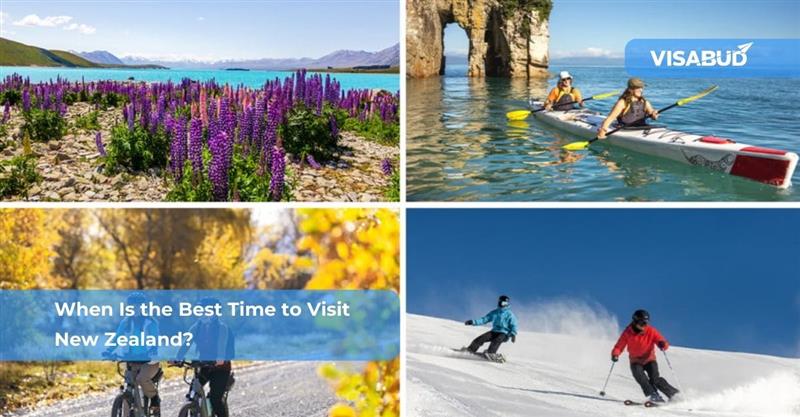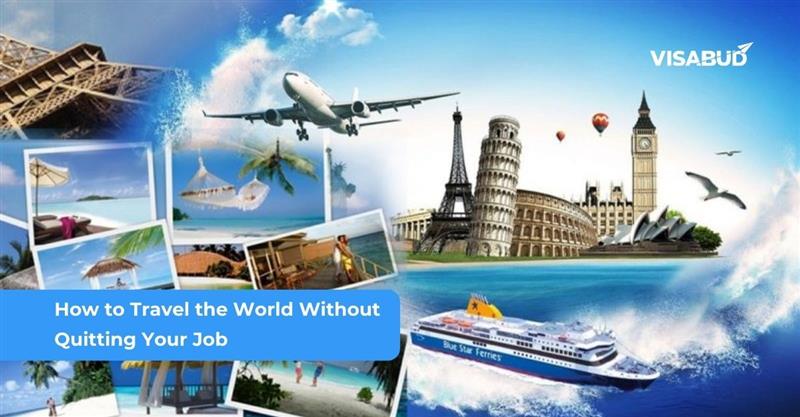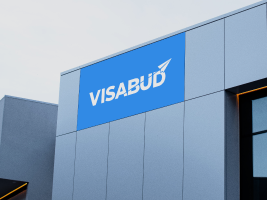Senegal Travel Guide: All you need to know to visit Senegal in 2025
Welcome to Senegal
Welcome to Senegal
Senegal is renowned for its rich history, many cultures, and picturesque scenery, like the pink lakes of Dakar and Gorée Island. This West African country can be the perfect holiday destination for you if you like vibrant cities, crazy nightlife, beautiful beaches, and lush jungles. This comprehensive Senegal travel guide will give you helpful advice for organizing your trip to this continent’s most West African nation.
Document checklist for Senegal
- Visa (if applicable)
- Not less than six months valid passport from the date of entry and with two blank pages
- Sufficient funds to cover your trip
- Return or onward ticket
Essential Senegal travel information
Currency – West African CFA franc (CFA). $1 is equivalent to approximately CFA 611.
Daily budget for 1 person – CFA 25,878 ($42).
Languages – French is the official language.
Socket type – Types C, D, E, and K, 230V supply voltage, and 50Hz.
Time zone – Greenwich Mean Time (GMT±00:00).
Top 3 cities to visit – Dakar, Saint-Louis, and Ziguinchor.
Top 3 landmarks/monuments – The Museum of African Arts, the Faidherbe Bridge, and Djoudj National Bird Sanctuary.
Visa information for Senegal
Most nations do not demand visas, including those in Africa, the European Union, and the US.
Typical costs and budget for Senegal
Daily spending – CFA 25,878 ($42) per person
Meals – CFA 9,102 ($15) per day.
Transport – local transportation may cost up to CFA 2,514 ($4.17) daily.
Hotel Senegal’s standard hotel rate for couples is CFA 28,191 ($47).
The typical cost of a one-week trip for two persons to Senegal is CFA 366,832 ($600).
Transport and best ways to travel around Senegal
If you value your independence, you may rent a car to travel the nation. Numerous automobile rental businesses provide a variety of vehicles, allowing you to select the one that best suits your needs for comfort and price range. However, remember that Senegalese roads call for particular caution since traffic in big towns can be hectic, and you can encounter poorly maintained roads in the countryside.
Taxi services come in three varieties: standard, motor, and bush. In Dakar, yellow vehicle taxis are frequently accessible around-the-clock and are typically the most dependable and safest transportation. Your driver will transport you quickly and safely after you, and the driver have reached an agreement on the fare. On the other hand, although inexpensive and helpful in avoiding traffic, motor taxis may sometimes be risky.
The colorfully adorned minibusses known as “bush taxis” are utilized mainly by locals. Therefore, the time of departure and arrival might be unpredictable because they only leave when fully occupied.
Ferries leave from Dakar for places like Île de Gorée and Ziguinchor. However, a cruise down the Senegal River is something else we advise. Several local tour operators provide this service, whether they are using large tourist groups or tiny boats. Exploring the area and learning about Senegalese history from local guides is a fantastic alternative.
Senegal boasts a vast network of luxurious, contemporary long-distance buses. There is a bus terminal for every bus company. Additionally, bush taxis are yet another way to travel the nation. Unfortunately, these minibusses are expensive yet sluggish and erratic.
Safety in Senegal
The people of Senegal are incredibly kind, and you will feel at home in this unusual nation. However, regarding security, it’s essential to exercise caution and vigilance. Here are a few trip suggestions:
Avoid traveling in the southern sections of Casamance and the borders with Mali, Mauritania, and Guinea-Bissau due to the unpredictable security situation there.
Cities like Dakar frequently have protests, which may occasionally become violent.
In big crowds, pickpockets, bag snatchers, and motorcycle thieves are frequent occurrences. Therefore, exercise caution and avoid wearing jewelry and valuables.
Avoid nighttime street walking, especially if you’re alone. If you plan to go to supper, take a taxi there and back. Additionally, travel insurance is a crucial safety precaution for emergencies. Although having insurance to visit Senegal is unnecessary, having it would be beneficial if you ever needed medical attention.
Weather in Senegal
The nation experiences a tropical environment with high temperatures all year round. Senegal is best visited between November and March when the weather is drier. Additionally, temperatures can drop to about 26°C, and the Saharan harmattan wind removes the humidity.
Due to the wet season, June through October might be challenging to appreciate outside. The temperature remains at or above 30°C during this time.
Must do and see in Senegal
The Djoudj Bird Sanctuary near Saint Louis is an excellent place to see pelicans and flamingos. Various wetland habitats are available in this lovely park, which is highly popular with migratory birds—many of which have recently crossed the Sahara.
At La Petite Côte, south of Dakar, spend the day on the beach. The Cap-Vert and Sine-Saloum islands shield this lovely beach from the wind, contributing to the nice weather and tranquil water.
Go to the Mosque of the Divine. A significant Muslim pilgrimage destination, this spectacular religious structure is a must-see for tourists. Non-Muslims are prohibited inside, although the façade features stunning architecture and breathtaking coastal vistas.
Typical Senegalese food to try
Traditional Thiéboudieune consists of rice cooked with tomato sauce and nokos, a blend of spices and herbs. Then, fish and vegetables, including carrots, cabbage, cassava, eggplant, okra, and turnips, are cooked in the same tomato sauce. They are served simultaneously.
The majority of restaurants in Senegal serve the soup Kandia. Okra, palm oil, fish, and white rice are combined in the dish. Therefore, using high-quality components in kandia soup, such as meaty fish and juicy okra, is crucial.
Domoda: Beef, veal, lamb, or fish can all be used to prepare this meal. A sauce made of tomato paste, onions, veggies, and a lot of lemon is used to cook the meat. The sauce is then made thicker using a mixture made of flour and water.
Vaccine information for Senegal
Before traveling to Senegal, it’s crucial to be aware of the necessary regular vaccinations and COVID-19 precautions. In addition, getting the yellow fever vaccine is strongly advised before domestic travel. Finally, you should visit the CDC website for information on immunization requirements and any suggested medication lists.
Related Articles

5 min read
When Is the Best Time to Visit New Zealand?
New Zealand is a country known for its breathtaking landscapes and a wide range of activities to enjoy, making it a great destination no matter when you visit. The right
Read More
5 min read
How to Travel the World Without Quitting Your Job
The idea of traveling the world while maintaining a stable job may sound like a dream, but in today’s connected world, it’s more achievable than ever before. Many people are
Read More
5 min read
Top Tourist Attractions in Austria You Can’t Miss
Austria, a country known for its imperial history, cultural richness, breathtaking landscapes, and alpine beauty, is one of the most sought-after destinations in Europe. Whether you're a history buff, nature
Read MoreIndia is one of the nations whose citizens do not require a visa in advance. If they have the proper travel documents, they can obtain a Senegal visa when they arrive in Senegal. When your plane touches down, or your vehicle crosses the border into Senegal, you complete the visa application.
Head to the immigration station at the airport or border crossing in Senegal, where you will be given an “Immigration Declaration Form” to fill out.
Passport validity must extend at least six months after the entry date in Senegal and include two empty pages. In addition, the documentation for your departure and return tickets should be from another nation.
Generally speaking, getting insurance in case of a vacation or medical emergency is a brilliant idea. Contact Visabud for the most outstanding insurance protection against unforeseen medical costs when traveling and damaged or lost luggage.
